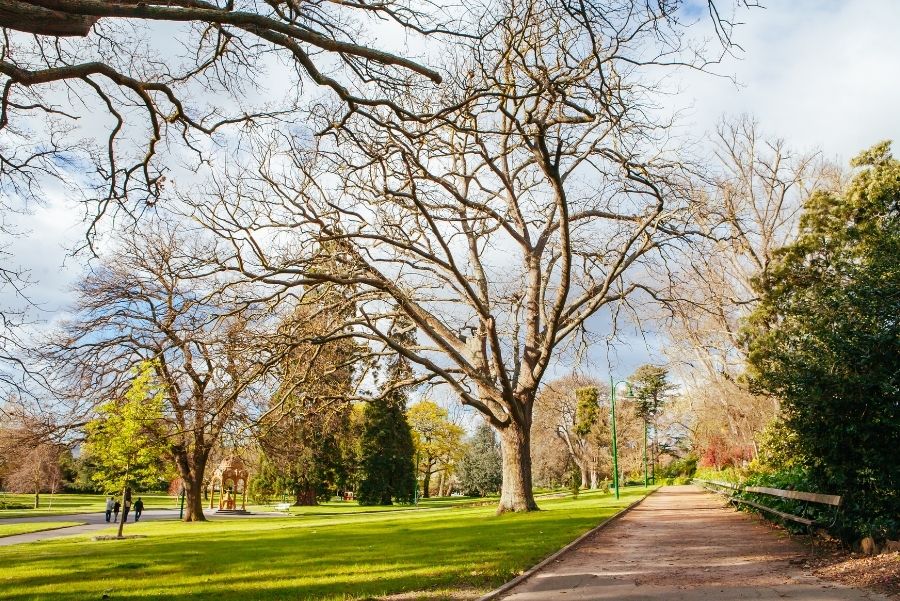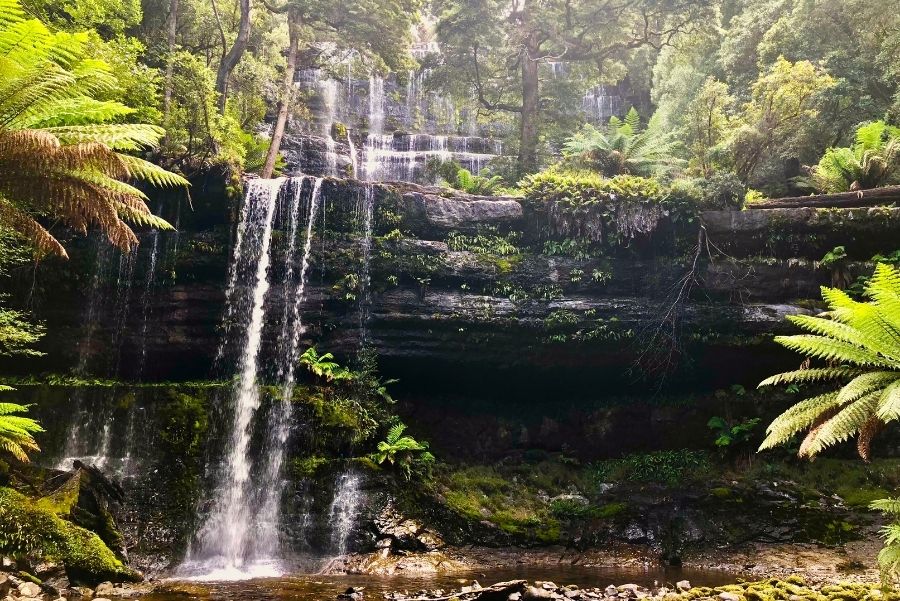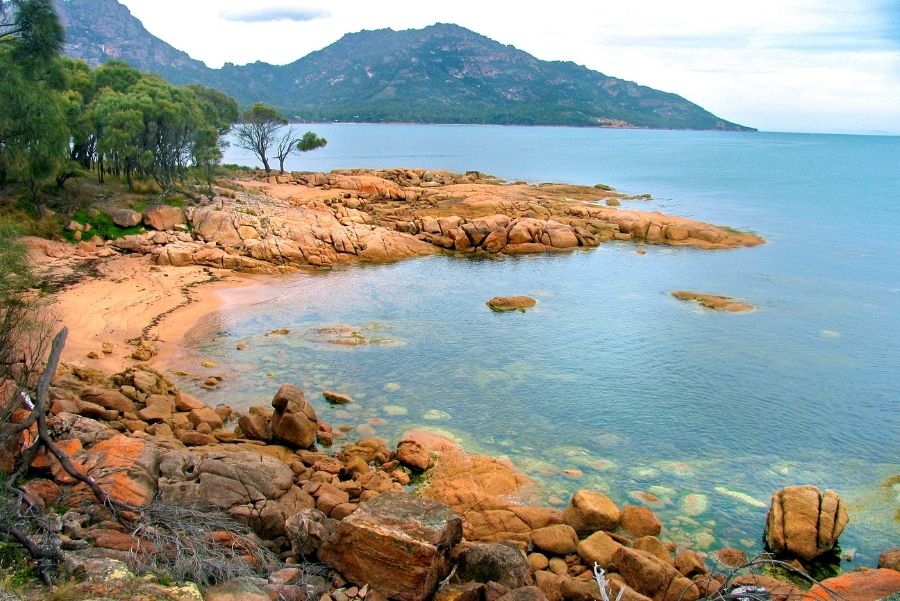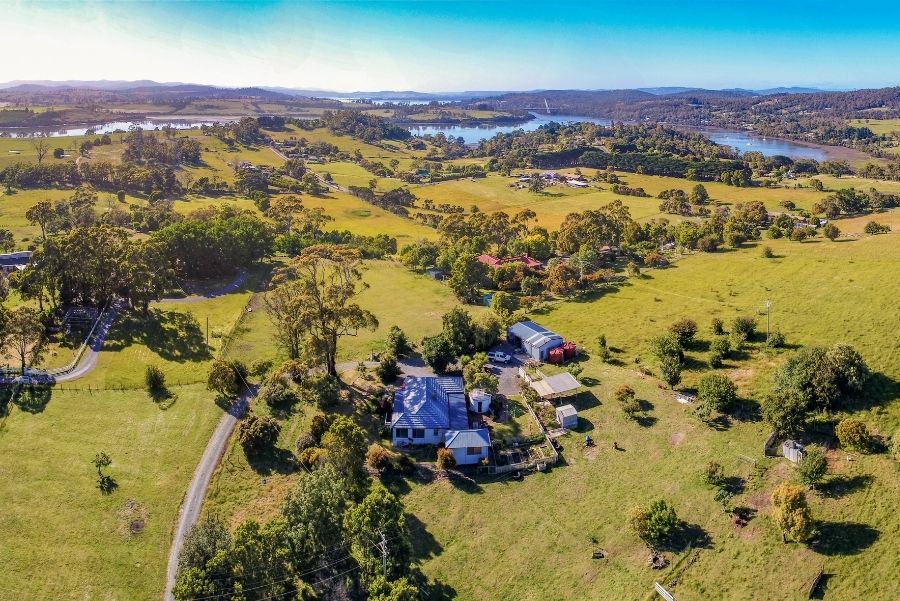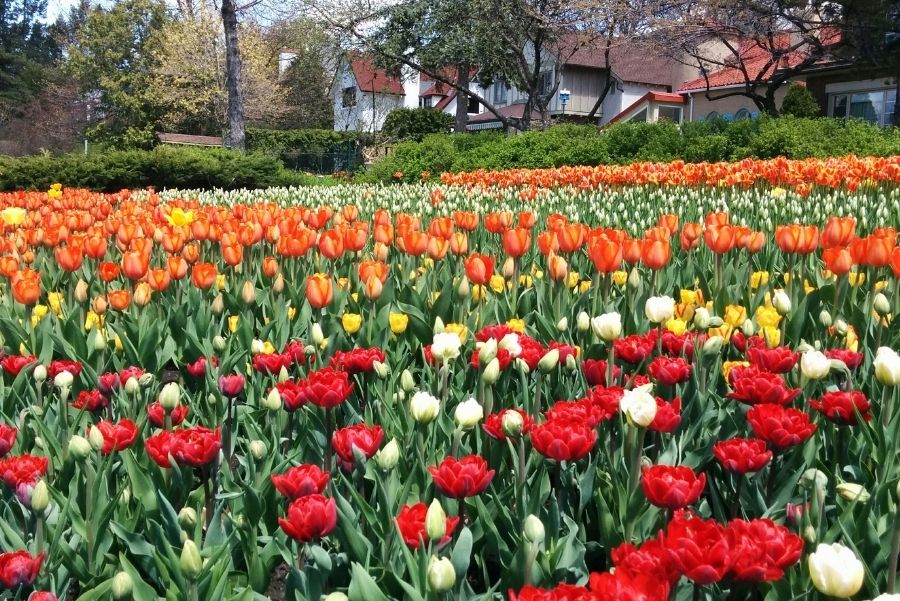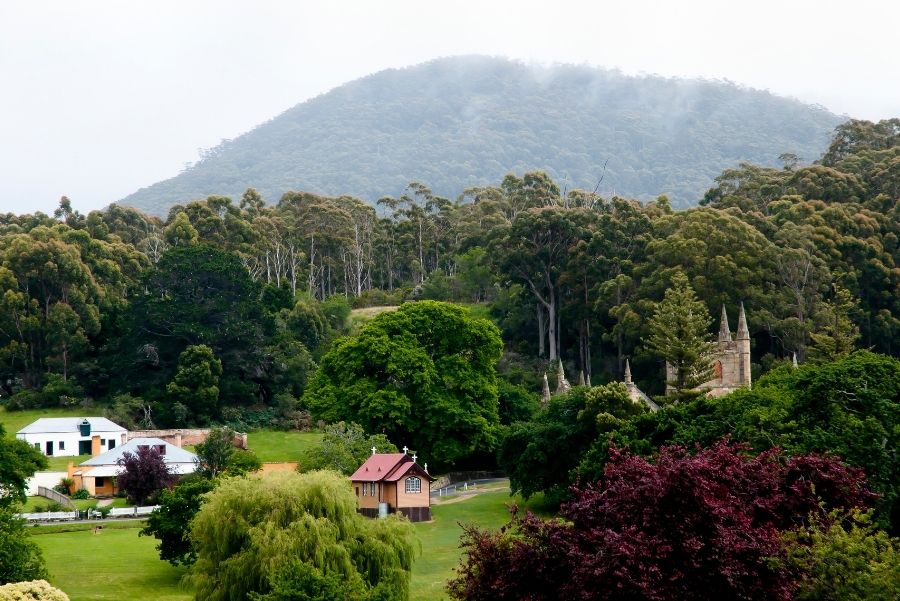Tasmania is home to one of Australia’s diverse and unspoiled habitats and ecosystems. With more than 40% of its land area reserved for its National Parks and Wilderness World Heritage Area, there are many areas to be explored in Tasmania.
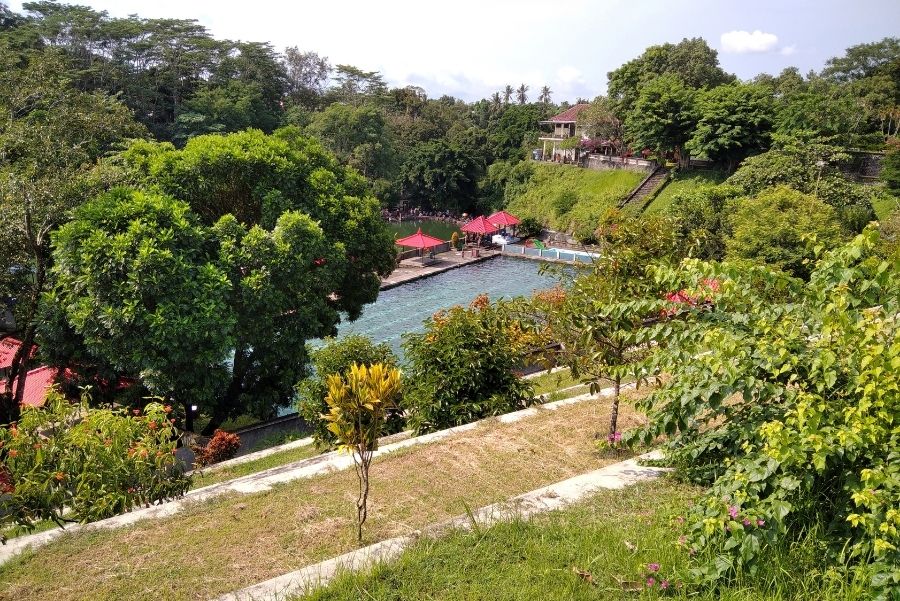
Visitors can go to the vast selection of National parks such as the Freycinet National Park, Gordon-Franklin Wild Rivers National Park, Tasman National Park, Cradle Mountain-At Clair National Park etc.
Tasmania has a unique national park system that offers almost unlimited choice and opportunities to visit its many attractions. It has solitary beaches, spectacular landscapes, rainforest, pristine beaches, highlands carved by glaciers, hiking trails, wildflowers, and so much more.
What do I need to purchase to enter Tasmania’s National Parks?
A park pass is required to enter all the national parks of Tasmania. The Parks and Wildlife Service has just implemented a new park pass system last September 1, 2020, for all national parks in Tasmania. This fee is to ensure the delivery of a high-quality experience to visitors through improved planning and infrastructure.
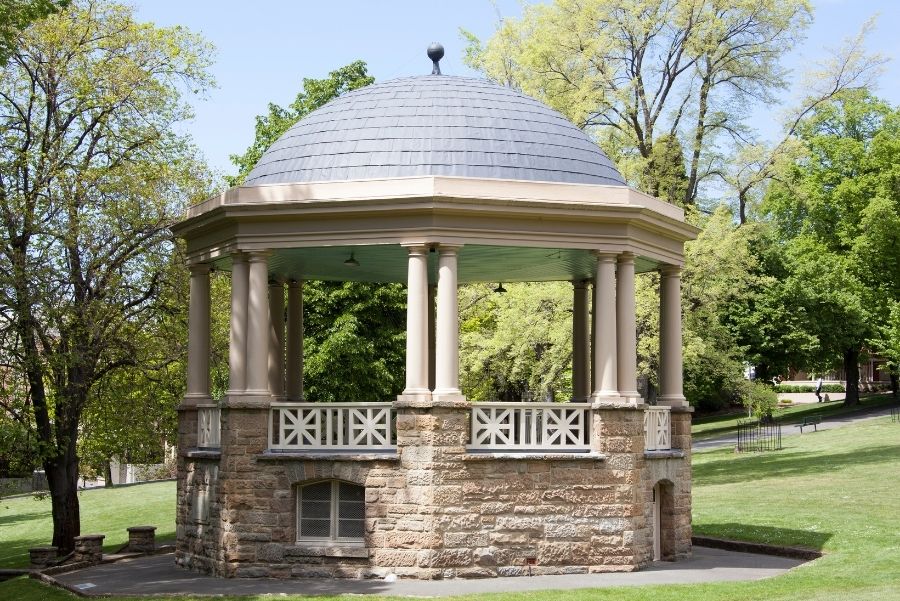
Tasmania’s national parks have contributed significantly to the local economy. Based on records in 2018, around 537,100 visitors in Tasmania have said they went to a national park. The figures showed one of the main reasons people visit Tasmania is because of their national park.
How much does a park pass cost?
There are different types of national park passes to choose from, depending on the guest’s need. The money earned from the park fees directly goes towards maintaining the various parks and reserves. It is also used to upgrade the walking tracks, visitors centres & facilities and other services.
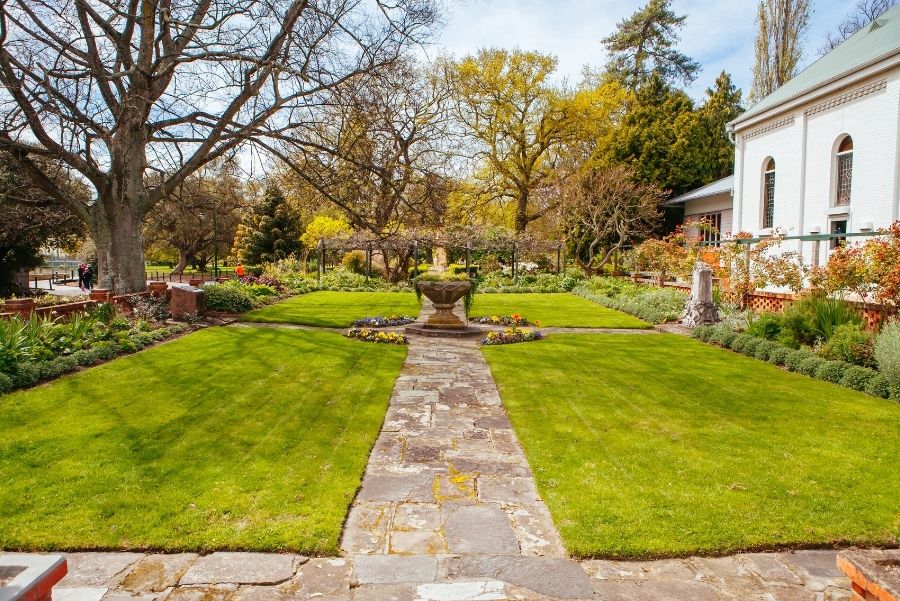
- Daily Pass – is valid up to 24 hours and excludes the Cradle Mountain Park. It cost $40.00 per vehicle with up to 8 people and $20 per person; kids under five years have no charge.
- Icon Daily Pass – Cradle Moutain only and includes shuttle service. It cost $25.00 for adults 18 years & over, $10.00 for children from 5-17 years, and $60.00 for a family consisting of 2 adults and three children. Children below five years have no charge.
- Holiday Passe – is valid for up to 2 months, including Cradle Mountain. It cost $80.00 per vehicle with up to 8 people and $40 per person; kids under five years have no charge.
- Annual Park Pass – includes all parks and costs $90.00 for general. Seniors have a discounted rate of $36.00, and One park costs $46.00 excluding Cradle Mountain.
- Two Year Park Pass – includes all parks and costs $115.00 for general and $46.00 for seniors.
Park Pass can be purchase online through the Parks Pass Portal, National Park visitor centres, service Tasmania shops, onboard Spirit of Tasmania vessels and accredited Tasmanian travel information centres.
Tasmania’s Best National Parks
Tasmania has 19 national parks and has the largest conservation area called the Tasmanian Wilderness World Heritage Area. All the parks have designated areas with pergolas built by Decking Wollongong where you can sit down and have a snack or chat away. Here are some of these National Parks.
- Cradle Mountain-Lake St Clair National Park – is a 1,614 sq km national park that forms the Tasmanian Wilderness World Heritage Area. It is the best location to see local Australian wildlife such as quails, echidna, wombats and the famous Tasmanian devils. Cradle mountain the sixth highest peak of Tasmania.
- Tasman National Park – is a 107.5 sq km national park famous for its sea cliffs and outstanding biodiversity. The Tasman National Park contains one-third of Tasmania and abundant wildlife, including Tasmanian Devil, penguins and the endangered swift parrots. The park is gifted with magnificent coastal rock formations such as the Tasman Arch and the Blowhole.
- Mount Field National Park – is a 162.65 sg km wilderness park located 64 km from Hobart, Tasmania’s capital city. The parks’ main attraction is the Russell falls, which is Tasmania’s favourite waterfall. Visitors may even see a platypus while swimming in the creek.
- Freycinet National Park – is one of the oldest parks in Tasmania. This 169 sq km park is famous for its picture-perfect coves and powdery white sand. It offers several walking tracks such as the Wineglass Bay Lookout track, the Mt Atmos walking track, the Hazard Beach and Wineglass Bay circuit. Visitors can also stroll along the white beach and enjoy the fantastic scenery.
